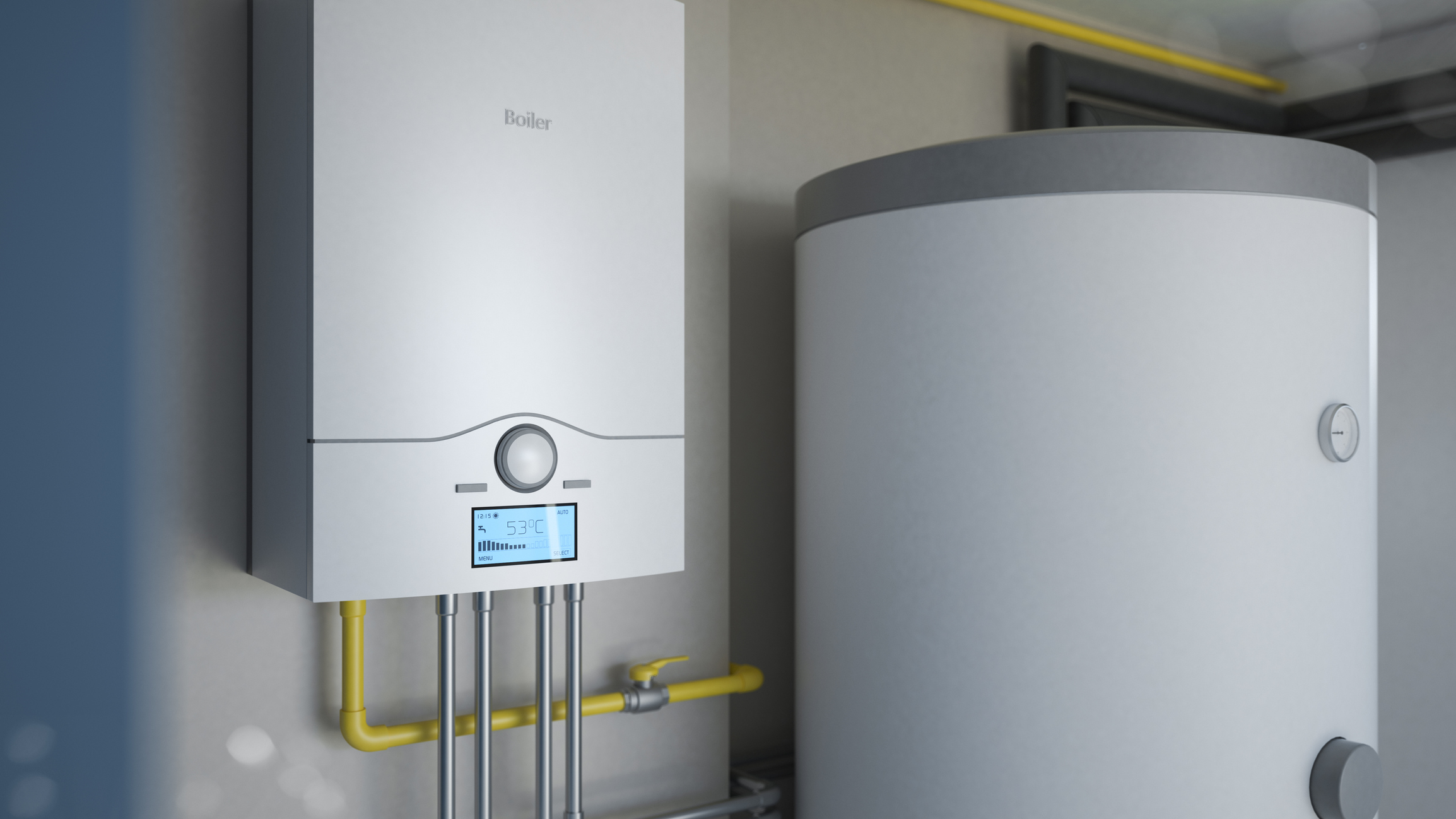Are you trying to find suggestions about What Kind of Maintenance Do Water Heaters Need??

Hot water is essential for day-to-day convenience, whether it's for a rejuvenating shower or washing dishes. To guarantee your hot water system runs efficiently and lasts much longer, routine maintenance is vital. This post offers practical pointers and understandings on how to keep your home's warm water system to prevent disruptions and pricey repair services.
Introduction
Keeping your home's hot water system could seem daunting, yet with a few straightforward actions, you can ensure it runs efficiently for many years to come. This overview covers everything from recognizing your hot water system to do it yourself maintenance ideas and knowing when to call expert aid.
Significance of Keeping Your Hot Water System
Routine maintenance not only expands the life expectancy of your warm water system but additionally ensures it operates successfully. Overlooking upkeep can lead to reduced performance, higher power expenses, and even early failing of the system.
Indications Your Warm Water System Needs Maintenance
Understanding when your hot water system needs focus can prevent major problems. Look out for indicators such as inconsistent water temperature, odd noises from the heating system, or corroded water.
Recognizing Your Hot Water System
Before diving right into upkeep tasks, it's practical to understand the basic elements of your warm water system. Generally, this consists of the hot water heater itself, pipelines, anode rods, and temperature controls.
Regular Monthly Maintenance Tasks
Normal month-to-month checks can help catch minor problems prior to they rise.
Purging the Hot Water Heater
Purging your water heater removes sediment accumulation, enhancing effectiveness and lengthening its life.
Monitoring and Changing Anode Rods
Anode poles protect against deterioration inside the tank. Examining and replacing them when worn is vital.
Evaluating and Readjusting Temperature Level Setups
Readjusting the temperature level setups makes certain optimum efficiency and safety and security.
Do It Yourself Tips for Upkeep
You can do numerous upkeep jobs on your own to keep your hot water system in top problem.
Looking for Leakages
Regularly inspect pipelines and links for leakages, as these can cause water damage and higher bills.
Examining Stress Alleviation Valves
Checking the pressure relief valve guarantees it operates correctly and prevents too much pressure buildup.
Insulating Pipelines
Protecting hot water pipelines minimizes warm loss and can save power.
When to Call an Expert
While DIY maintenance is helpful, some problems call for professional proficiency.
Complicated Concerns Needing Professional Aid
Instances include significant leakages, electrical problems, or if your hot water heater is continually underperforming.
Regular Specialist Upkeep Perks
Expert maintenance can consist of extensive evaluations, tune-ups, and ensuring conformity with safety requirements.
Conclusion
Regular upkeep of your home's warm water system is important for performance, durability, and expense savings. By adhering to these suggestions and recognizing when to seek specialist help, you can make certain a trustworthy supply of hot water without unanticipated disruptions.
Water Heater Maintenance Tips
Test the TPR Valve
Shut off the power and the cold-water supply valve. Place a bucket under the pipe connected to the temperature-pressure-release (TPR) valve on the top or side of the tank. (This valve opens if the tank pressure gets too high.) Lift the valve’s tab to let some water out, then let go. If water keeps flowing, drain the tank partway, unscrew the old valve with a pipe wrench, and install a new one. Check the Anode Rod
Put a hose to the tank’s drain cock and let out a few gallons of water. Now fit a 1 1/16-inch socket onto the rod’s hex head on top of the heater (or under its top plate) and unscrew the rod. If it’s less than ½ inch thick or coated with calcium, buy a new one, wrap its threads with Teflon tape, put it back in the tank, and tighten securely. Use this segmented rod if headroom above the tank is limited. Drain the Tank and Wash Out Sediment
Drain the remaining water in the tank into the bucket, then stir up the sediment on the tank’s bottom by briefly opening the cold-water supply valve. Drain and repeat until clean water comes out of the hose. Close the drain cock, refill the tank, and turn its power back on. Adjust the Temperature
Find the temperature dial on the side of the tank and unscrew its cover. Adjust the dial to 120 degrees using a flathead screwdriver. For every 10 degrees the temperature is lowered, you can expect to save up to 5 percent in energy costs. Turn the water heater off or the thermostat down to its lowest setting if you plan to be away from home for more than three days. Insulate the Pipes
Buy some self-sticking 3/8-inch-thick foam pipe insulation that matches the pipes’ diameter. Slide the foam over the hot-and cold-water pipes as far as you can reach. Insulating the cold-water pipe prevents condensation in summer. Peel the tape and squeeze the insulation closed. If the pipe is 6 inches or less from the flue, cover it with 1-inch-thick unfaced fiberglass pipe wrap. https://www.thisoldhouse.com/plumbing/21016402/how-to-maintain-a-water-heater

I have been very serious about How to Maintain Your Water Heater & Prolong its Life and I really hope you appreciated the blog entry. Enjoyed our article? Please share it. Let others locate it. Thanks a bunch for being here. Revisit us soon.
Call Today